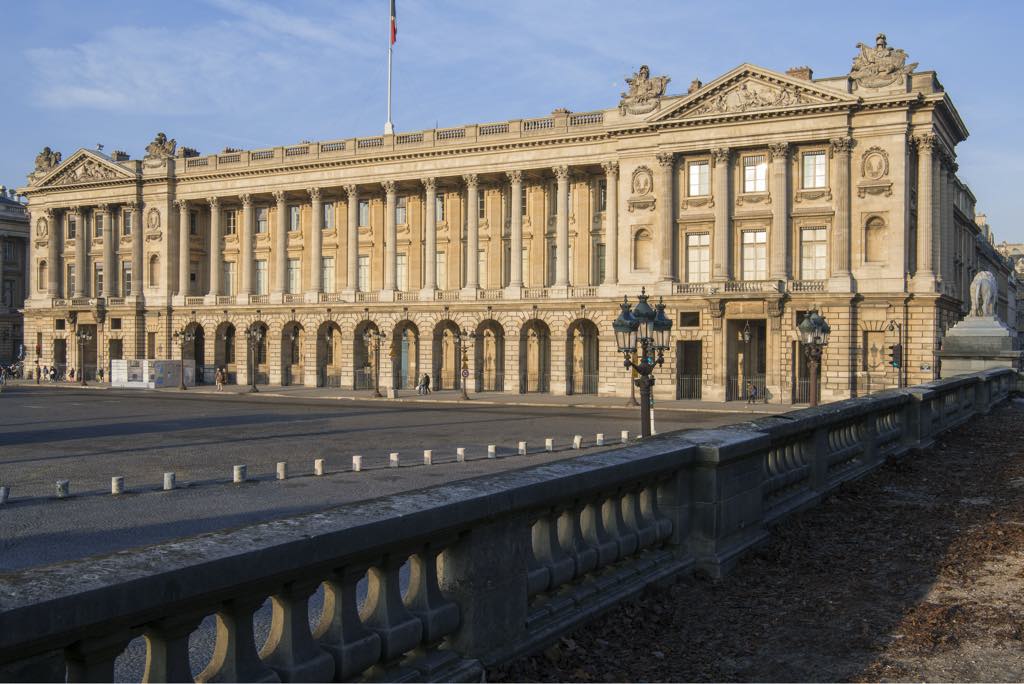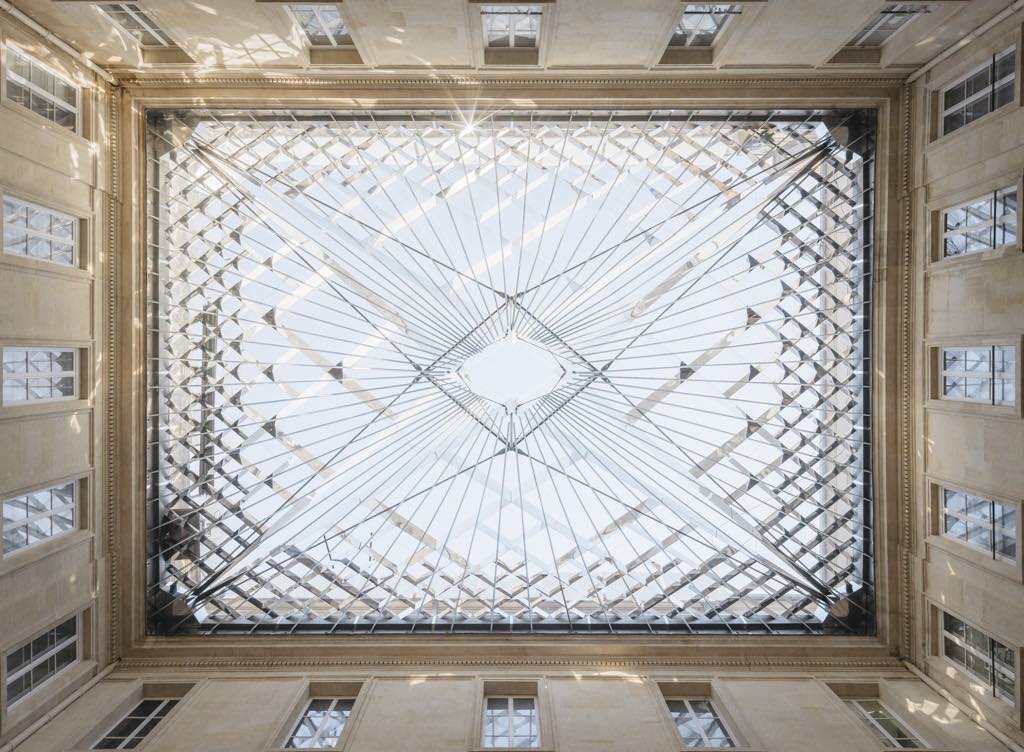
Built by a king, emptied by revolutionaries and then taken over by the French Ministry of the Navy for over two centuries, the palatial Hôtel de la Marine has opened its doors to the public for the first time in its history after four years of restoration and refurnishing following the departure of the ministry in 2015. The resulting museum, complete with a restaurant and café, is a magnificent showcase for French savoir-faire.

One of the twin palaces on the Place de la Concorde (the Hôtel Crillon is in the other), the Hôtel de la Marine was built by royal architect Ange-Jacques Gabriel for Louis XV in the mid-18th century and originally housed the Garde-Meuble de la Couronne (which supplied furnishings for royal residences and still exists under the name Mobilier National).
The Navy began to occupy the building after the revolutionaries forced Louis XVI to move the government from Versailles to Paris, and it eventually took over the entire palace, adapting it to its needs and adding floors over the years.

The renovation has restored the apartments of the Garde-Meuble’s intendants to their original splendor, guided by an extensive inventory of the furnishings. A huge amount of effort and meticulous work went into finding and restoring either the original furnishings (dispersed after the Revolution) or authentic replacements, with wallpaper designs, paint colors and other details recreated as closely as possible to the originals. The results are spectacular.
One of the many highlights of the visit is the little mirrored boudoir where the first intendant, a bachelor named Pierre-Élisabeth de Fontanieux, liked to canoodle with his lady friends. The wife of the second (and last) intendant, Marc-Antoine Thierry de Ville-d’Avray, shocked by the lascivious paintings of naked ladies on the mirrors, had them transformed into innocent cherubs.
Evidence of a dramatic moment in the history of the building, the theft of the crown jewels in 1792, can still be seen. These royal treasures were kept in a room behind a concealed door (now open for the benefit of visitors). The square hole cut into one of the wall panels by the thieves during the break-in is still visible. Later, the space behind the hidden door was used to spy on diplomatic discussions being held in the adjoining room.
Other historic moments in the building’s history include the signing of Marie-Antoinette’s death sentence in 1793 – she was guillotined in front of the building soon after on what was then the Place de la Révolution, where many aristocratic heads (including her husband Louis XVI’s) had already rolled during the Revolution – and the drafting by journalist and politician Victor Schœlcher of the decree that finally abolished slavery in France in 1848 (visitors can see the desk it was written on).

The building’s two courtyards are freely accessible to the public. The Cour de l’Intendant is now covered with a handsome glass roof designed by architect Hugh Dutton, which looks rather like a diamond in the sky and reflects light into the otherwise dark courtyard, while the Cour d’Honneur, where the Michelin-starred chef Jean-François Piège’s restaurant and the Café Lapérouse are located, has been newly paved and sparkles with embedded lights at night. The parts of the building added by the Navy, which are not of historical interest, have been rented out as offices to help finance the building’s restoration and operations.

Visitors have access to some fancy technology, including a headset called The Confidant, which doesn’t actually touch the ears and uses binaural audio technology to provide dramatized (over-dramatized, in my opinion) commentary that switches on and off as they approach various displays.
In the fall, works from the Al Thani Collection, a wide-ranging collection of artworks spanning the ages put together by members of the Qatari family of the same name, will be exhibited in a separate gallery in the building for a period of 20 years.
I am thrilled that the Hôtel de la Marine has been returned to the people and not turned into yet another luxury hotel or some other commercial use, ideas that were bruited about before a final decision was made on its fate.
Favorite
Looking forward to visit it!